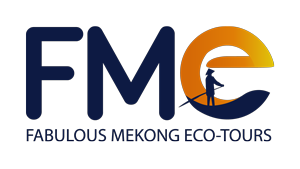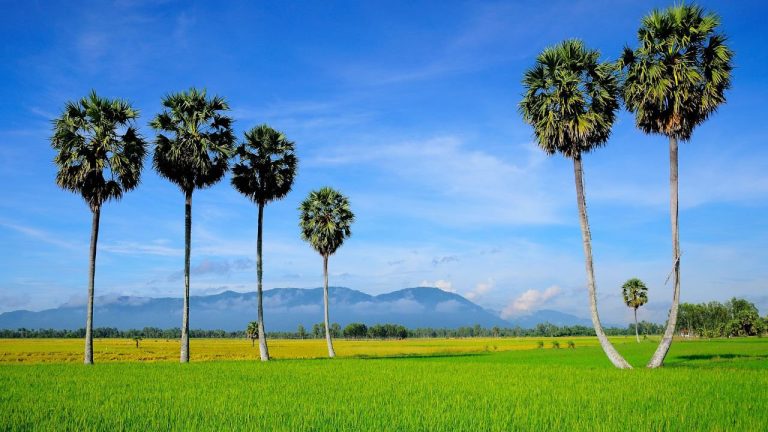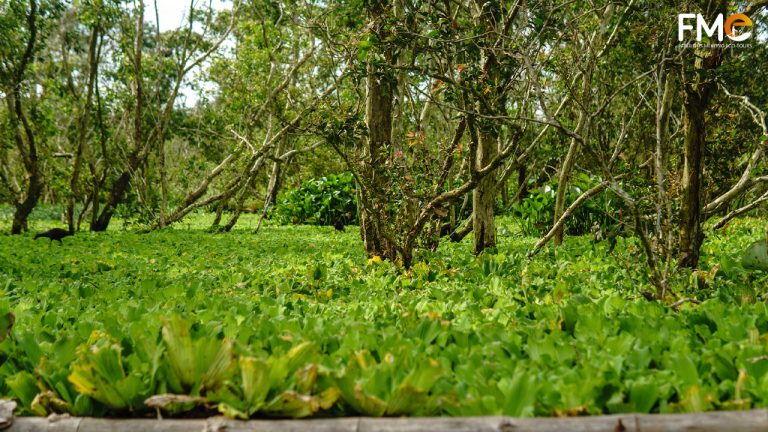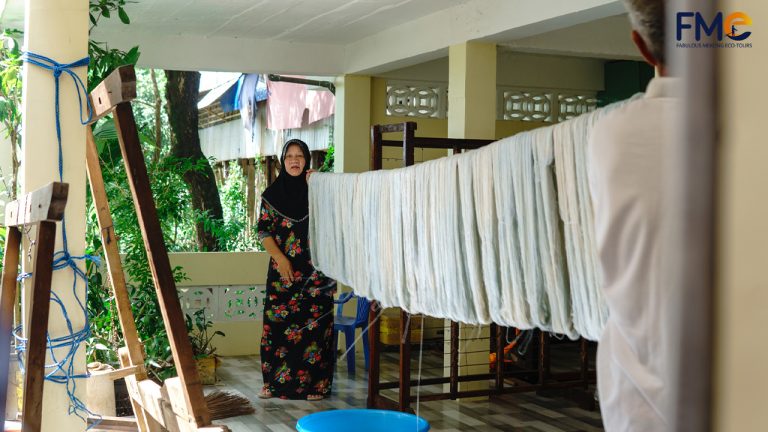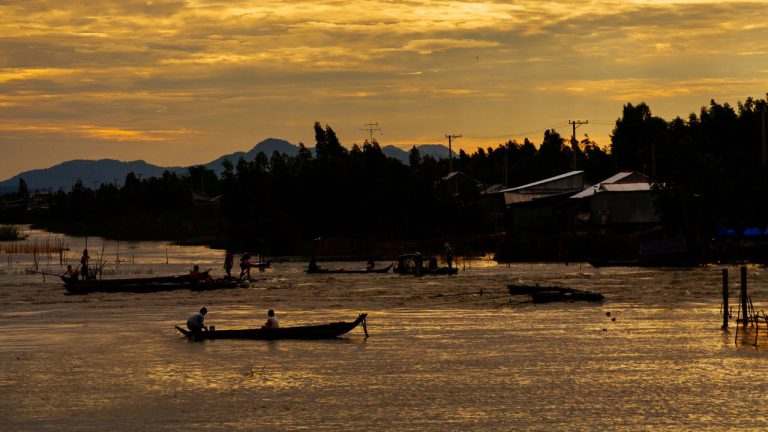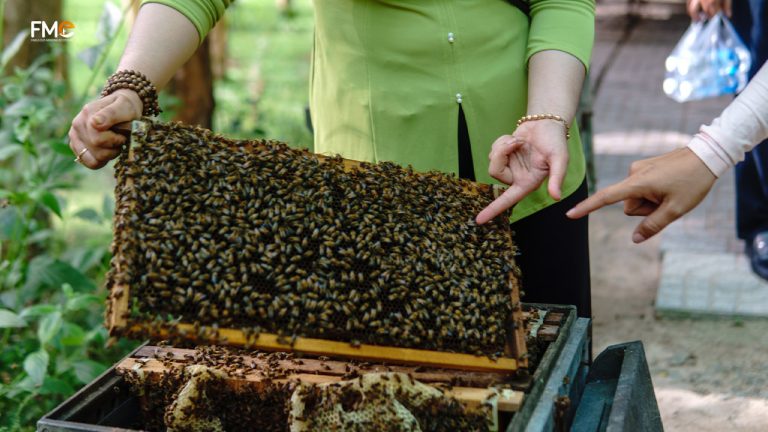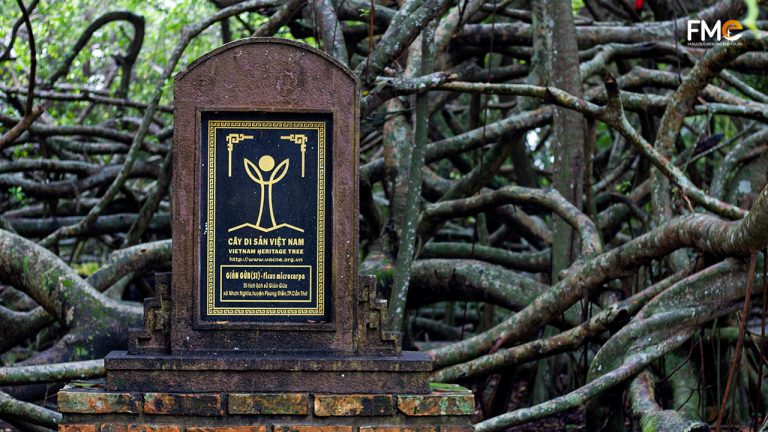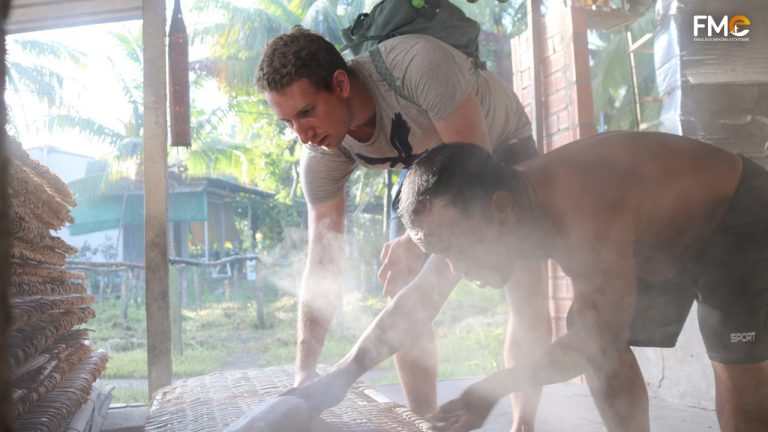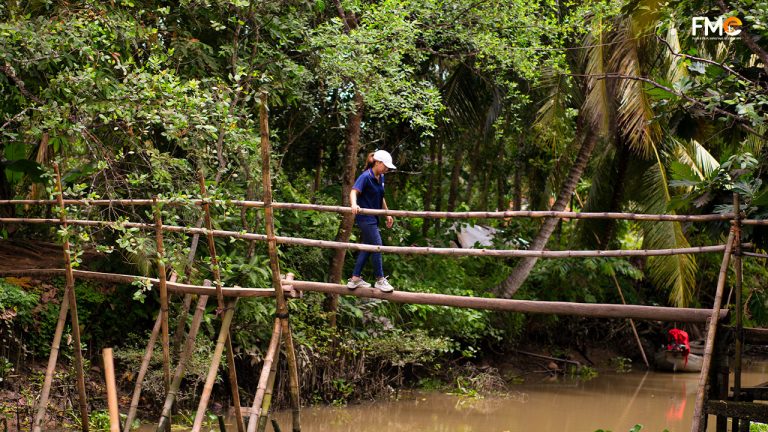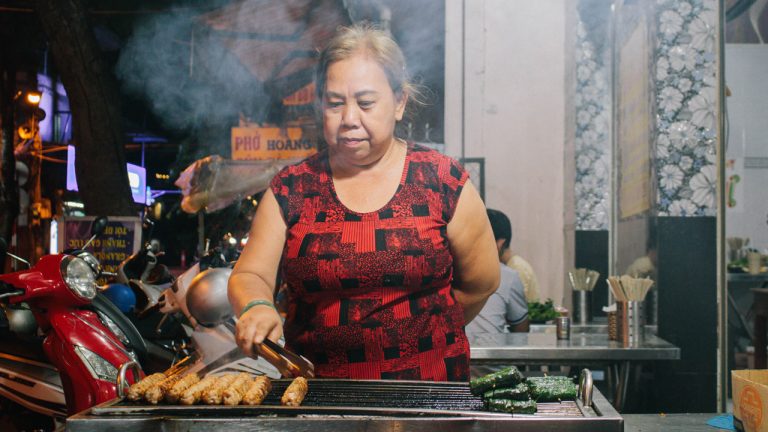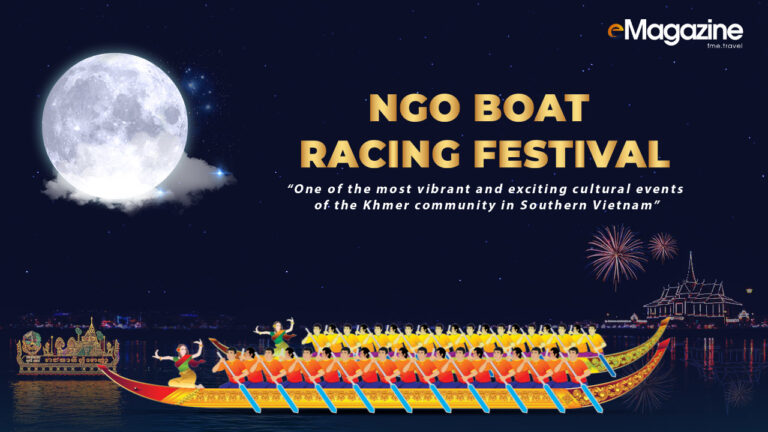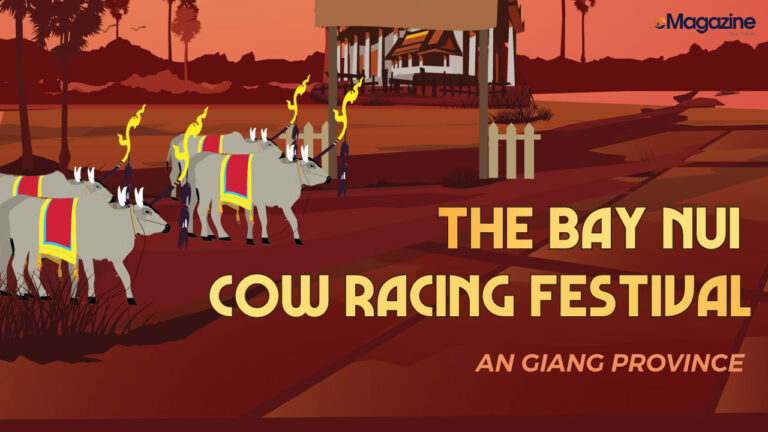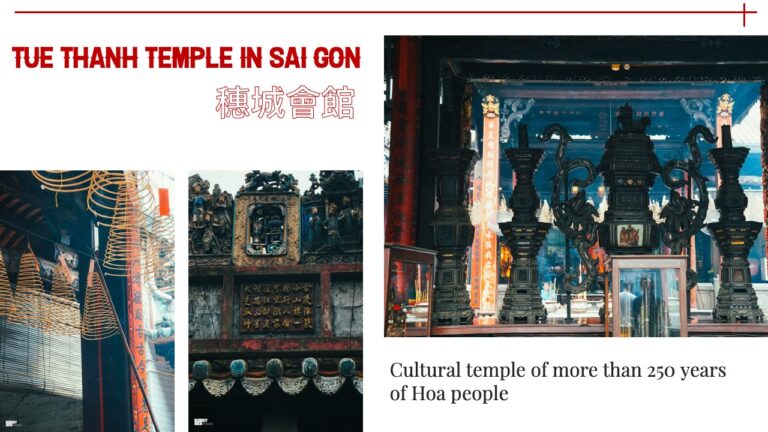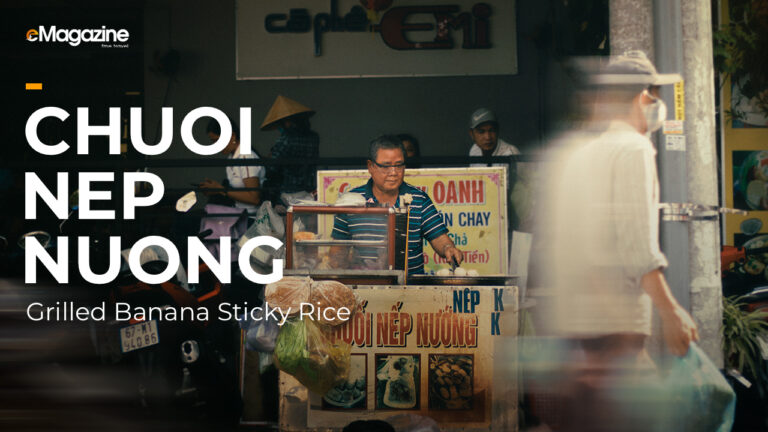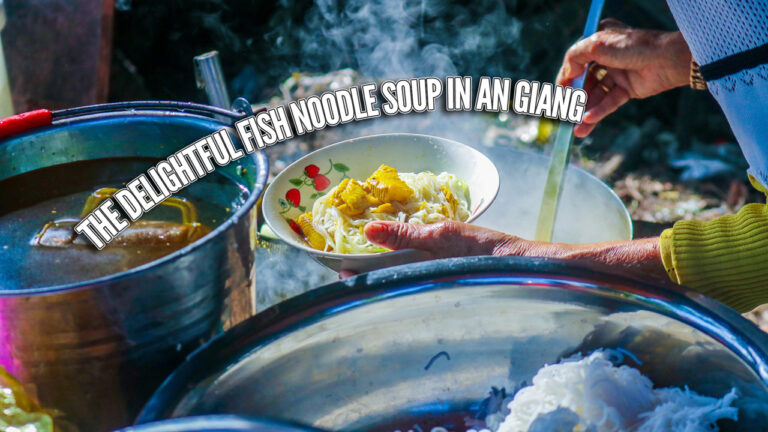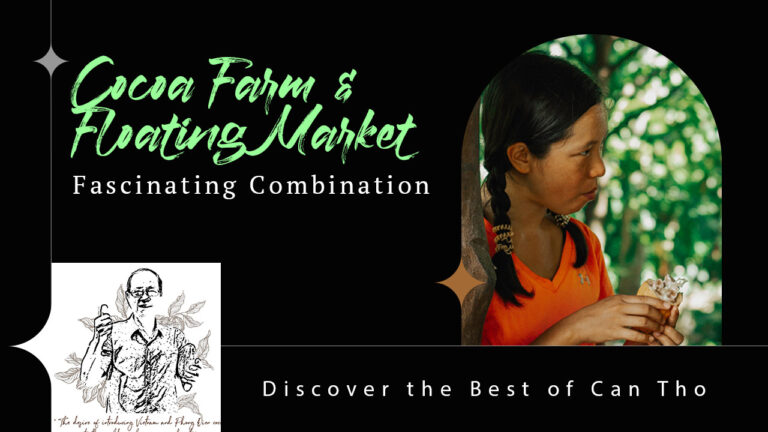Mekong River
The Mekong River flows through 6 countries in Asia: China, Myanmar, Thailand, Laos, Cambodia, and Vietnam.
Alternate titles: Lancang River (China), Dukong River (Myanmar), Mae Nam Khong (Laos), Mae Nam Khong (Thailand), Tonle Thom (Cambodia), Sông Cửu Long – Nine Dragons River (Vietnam).
Writen by: Huynh Hieu Travel.
Last Updated:
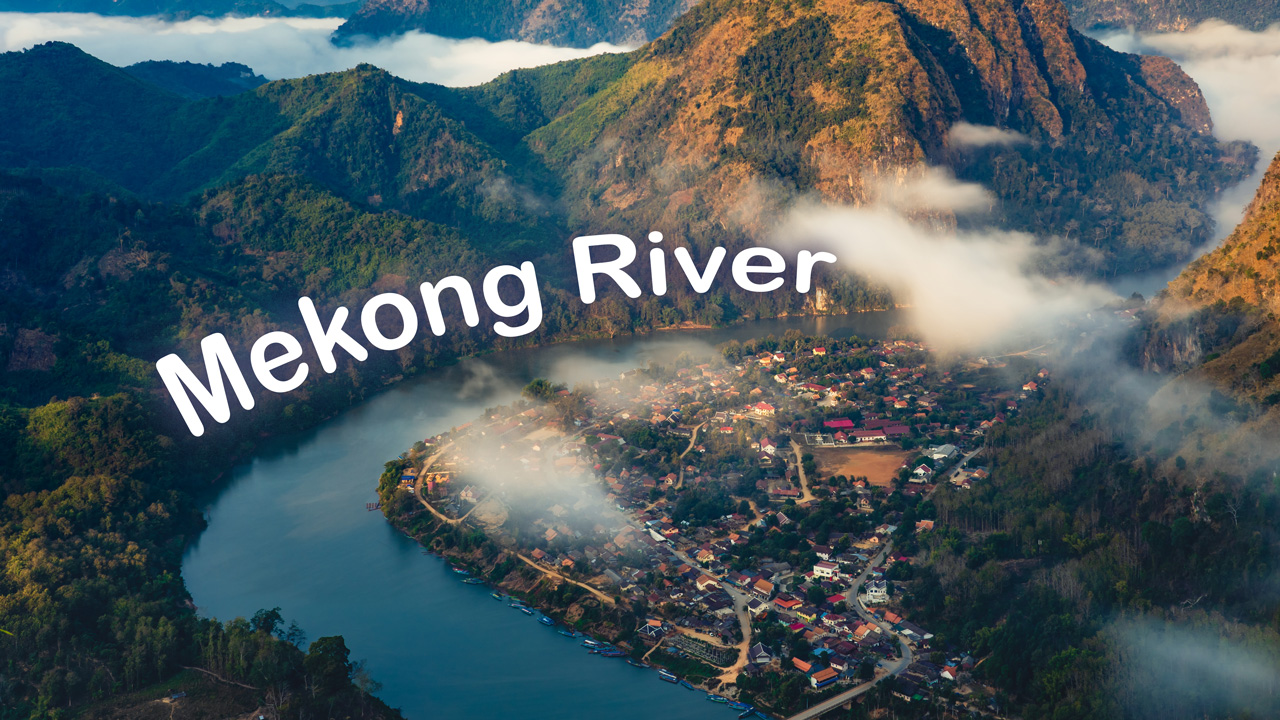
Table of Contents
The Mekong River, known as the “Mother River” to the people of Southeast Asia, is a mighty river that flows through six countries, including China, Myanmar, Laos, Thailand, Cambodia, and Vietnam. With a length of over 4,900 km, the Mekong River is the 12th longest river in the world, and it is also one of the most biologically diverse rivers on the planet.
In this article, we will explore the history, geography, culture, and importance of the Mekong River, and how it has shaped the lives of the people who call it home.
The Geography of the Mekong River
The Mekong River basin covers an area of approximately 795,000 square kilometers and is home to a diverse range of flora and fauna, including the endangered Mekong giant catfish and Irrawaddy dolphins. The river is also an important source of food and water for the region, providing fish and irrigation for agriculture.

Source: The Wikimedia Foundation, Inc., Wikipedia
The Mekong River flows through a range of landscapes, from high mountain ranges to fertile floodplains. Its course is divided into two distinct sections: the upper Mekong, which runs through China and Myanmar, and the lower Mekong, which flows through Thailand, Laos, Cambodia, and Vietnam.
The upper Mekong is characterized by steep gorges and rapids, while the lower Mekong is marked by wide floodplains, wetlands, and deltas. The river’s flow is highly seasonal, with the wet season typically lasting from May to October and the dry season from November to April.
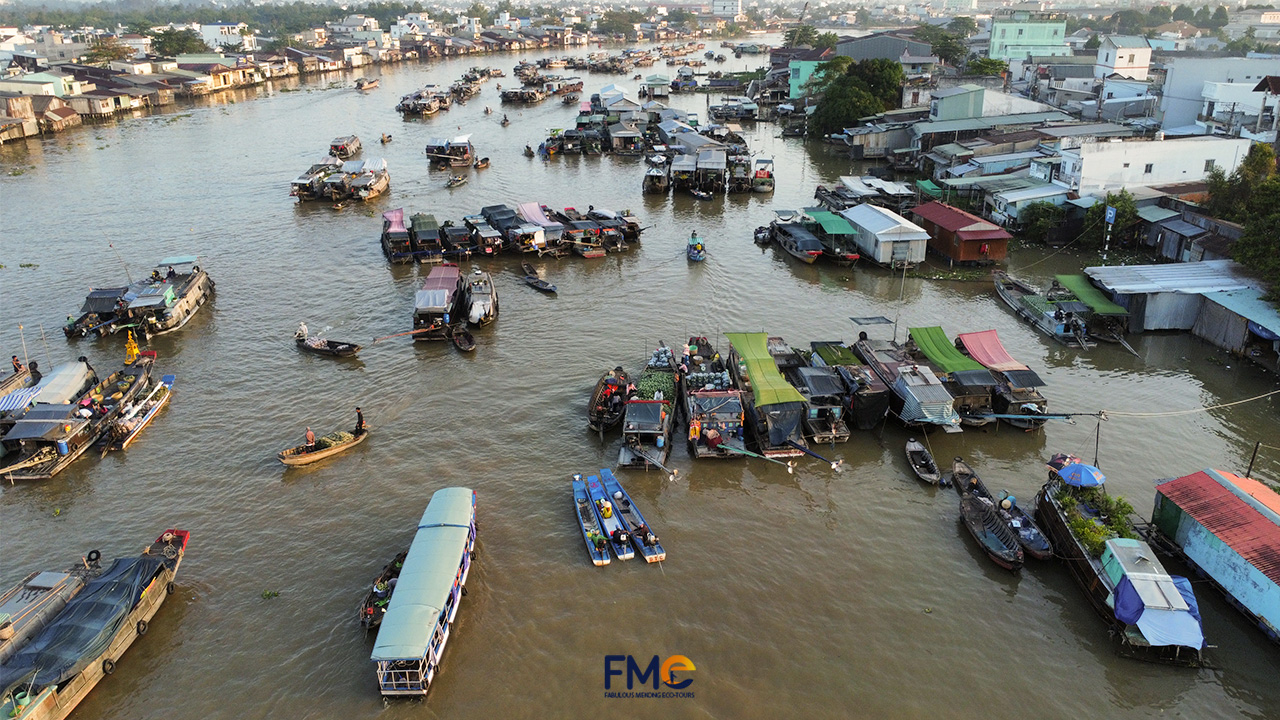
However, the Mekong River faces several challenges, including climate change, pollution, and dam construction, which can impact the river’s flow and ecosystem. As a geographer, it is important to monitor and analyze these changes to ensure the sustainable management of the Mekong River basin.
From those geographical diversity, unique characteristics are formed, such as: Rustic boat life at Viet Nam Floating Market.
The History of the Mekong River
The Mekong River has played a significant role in the history of Southeast Asia. The river basin has been inhabited by various ethnic groups for thousands of years, with evidence of early human settlements dating back to the Paleolithic era.
Throughout history, the Mekong River has served as a major transportation route, facilitating trade and cultural exchange between the different regions and civilizations along its banks. The Khmer Empire, centered around the Angkor Wat temple complex in present-day Cambodia, used the Mekong River to transport goods and people across its vast territory.
During the colonial period, the Mekong River became an important strategic location for European powers seeking to expand their influence in Southeast Asia. The French established colonies in Cambodia, Laos, and Vietnam, using the Mekong River to transport troops and supplies.
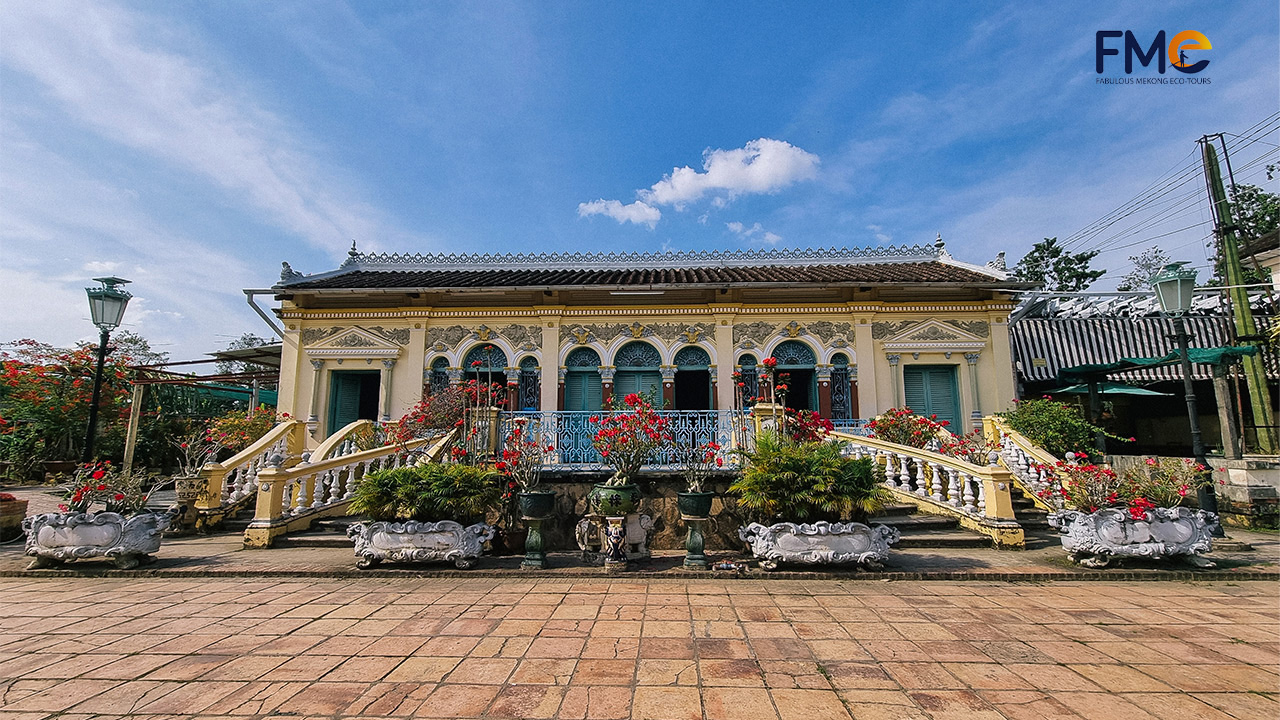
In the 20th century, the Mekong River basin became embroiled in conflicts related to the Vietnam War, with the river serving as a major transportation route for both North Vietnamese troops and American supplies.
Today, the Mekong River remains a vital economic and cultural resource for the six countries it flows through. However, the river also faces numerous challenges, including pollution, overfishing, and the construction of dams, which can impact the river’s flow and ecosystem. Understanding the history of the Mekong River is essential to managing and preserving this important natural resource for future generations.
Population composition in Mekong River
The population composition along the Mekong River is diverse and varied across the six countries it flows through: China, Myanmar, Thailand, Laos, Cambodia, and Vietnam.
- In China, the population along the Mekong River is primarily composed of ethnic minorities such as the Dai, Hani, and Jingpo, among others. These communities have unique cultures, languages, and traditions that have been shaped by the river and its surroundings.
- In Myanmar, the population along the Mekong River is predominantly composed of the Kachin and Shan ethnic groups, who rely on the river for agriculture, transportation, and fishing.
- In Thailand, the population along the Mekong River is a mix of ethnic Thai and ethnic Lao, who share cultural and linguistic ties with their counterparts across the border in Laos.
- In Laos, the population along the Mekong River is primarily composed of ethnic Lao, who make up the majority of the country’s population. Many communities along the river are also home to ethnic minorities such as the Hmong, Khmu, and Tai Dam.
- In Cambodia, the population along the Mekong River is predominantly Khmer, with many communities relying on the river for agriculture and fishing.
- In Vietnam, the population along the Mekong River is primarily composed of ethnic Vietnamese, with many communities living in the Mekong Delta region, which is one of the country’s most important agricultural areas.
Overall, the population composition along the Mekong River is diverse and reflects the unique cultures and traditions of the communities that have lived along the river for generations. The river plays a vital role in the daily lives and livelihoods of these communities, providing food, water, and transportation.

Economy of Mekong River
The economy of the Mekong River is diverse and varies across the six countries it flows through: China, Myanmar, Thailand, Laos, Cambodia, and Vietnam.
Agriculture is a major economic activity along the Mekong River, with many communities relying on the river for irrigation and fishing. The Mekong Delta in Vietnam is one of the world’s largest rice-producing regions, while Thailand is a major producer of rice, sugar, and rubber.
Tourism is also an important economic activity along the Mekong River, with many communities relying on the river and its surrounding areas for income. Popular tourist destinations include Luang Prabang in Laos, Siem Reap in Cambodia, and the Mekong Delta in Vietnam.
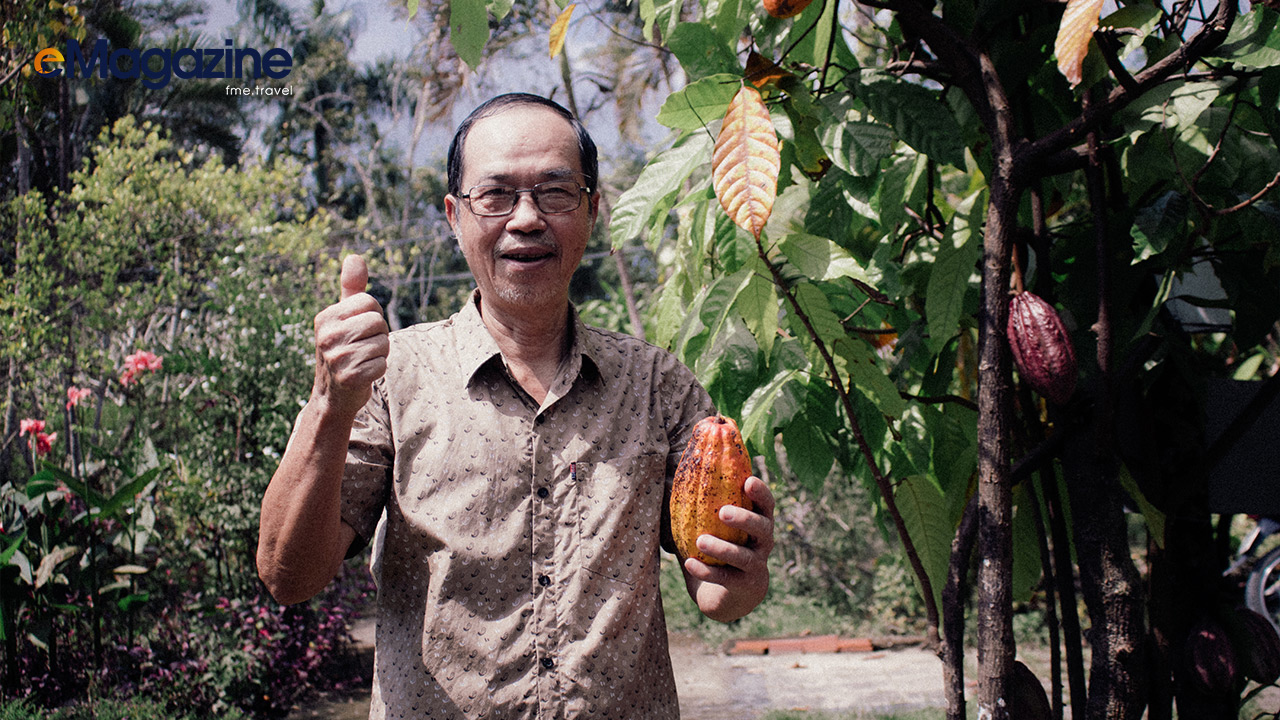
Hydropower is another significant economic activity along the Mekong River, with many countries investing in large-scale dam projects. These projects can generate electricity and provide a source of income for governments, but they can also have significant social and environmental impacts.
Trade along the Mekong River is also an important economic activity, with the river serving as a major transportation route for goods and commodities. The river connects the region to major markets in China and Southeast Asia, facilitating the movement of goods and people across borders.
Overall, the economy of the Mekong River is diverse and shaped by the river’s geography and the communities that rely on it for their livelihoods. The river plays a vital role in the economic development of the region and is a key source of income and employment for many communities.
The rankings of the economies of the countries in the Mekong River region, based on their Gross Domestic Product (GDP) in 2021:
- Thailand – $522.7 billion
- China (Yunnan province) – $485.2 billion
- Vietnam – $341.2 billion
- Myanmar – $80.8 billion
- Laos – $19.3 billion
- Cambodia – $22.2 billion
It’s worth noting that China’s economy is not solely based on the Mekong River region, and the figures listed above only include the Yunnan province, which borders the Mekong River.
Transportation of Mekong River
The Mekong River serves as an important transportation route for the communities living along its banks and for trade between the six countries it flows through: China, Myanmar, Thailand, Laos, Cambodia, and Vietnam.
Boats and ferries are the primary modes of transportation along the Mekong River. Many communities rely on boats for transportation to markets, schools, and healthcare facilities, as well as for fishing and agriculture.
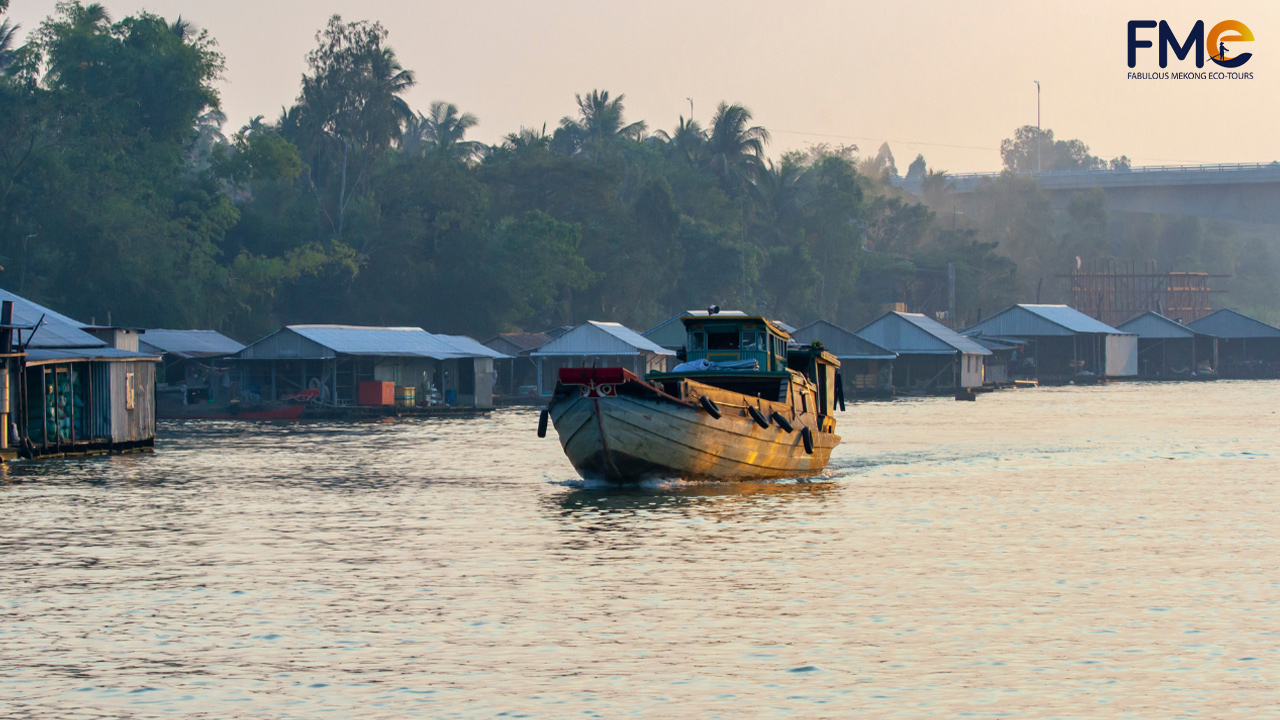
In addition to local transportation, the Mekong River also plays an important role in regional trade. Large cargo boats transport goods such as rice, timber, and minerals between countries along the river. The river also connects the region to major ports in China and Southeast Asia, providing a vital transportation link for trade between the region and the rest of the world.
In recent years, efforts have been made to improve transportation infrastructure along the Mekong River. The construction of bridges and roads has made it easier for people and goods to move across borders, while the development of ports and riverine terminals has improved the efficiency of cargo transport along the river.
However, transportation along the Mekong River also faces challenges, including natural hazards such as rapids and waterfalls, as well as the impacts of dam construction on river flows and sedimentation. Despite these challenges, the Mekong River remains a vital transportation route for the communities living along its banks and for regional trade in Southeast Asia.
The Culture of the Mekong River
The Mekong River is not only a physical feature of Southeast Asia but also a cultural one. The river and its surrounding areas are home to a diverse range of ethnic groups, each with its own unique customs, traditions, and beliefs.
The cultures of the Mekong River are deeply connected to the river’s natural resources. Fishing is a major source of livelihood for many communities along the river, and traditional fishing methods, such as using nets and traps, have been passed down through generations.
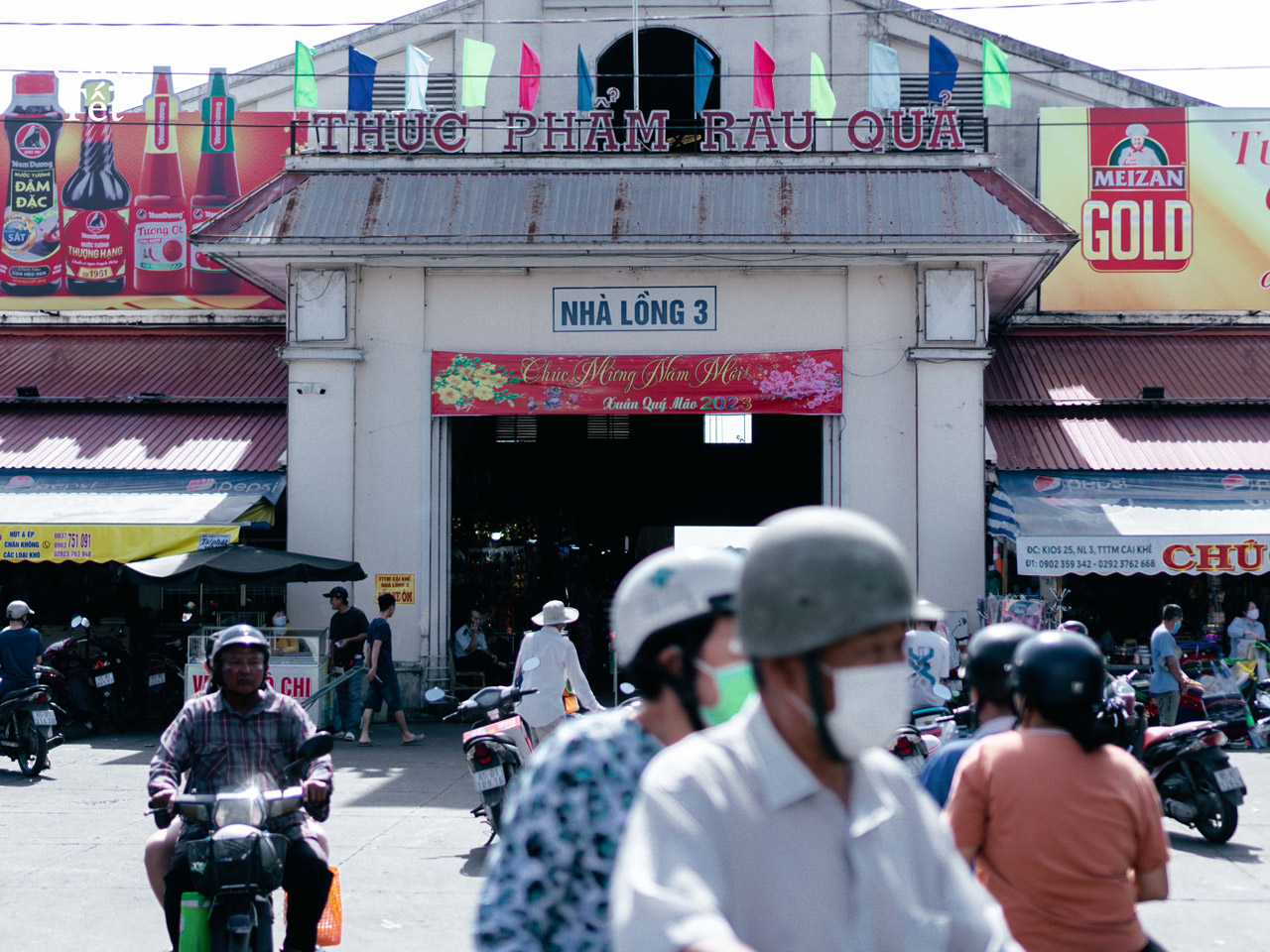
Agriculture is also an important part of the culture of the Mekong River. The fertile soil of the river’s floodplains and deltas is ideal for growing crops such as rice, and many communities rely on farming for their subsistence.
Religion is another significant aspect of the culture of the Mekong River. Buddhism is the predominant religion in the region, and many communities have temples and monasteries along the riverbanks. Traditional animist beliefs and practices also persist in some areas, particularly among ethnic minority groups.
The Mekong River is also home to a rich artistic and cultural heritage, including traditional music, dance, and handicrafts. The region’s distinctive textiles, ceramics, and basketry are highly prized by collectors and tourists alike.
Despite the challenges facing the Mekong River and its surrounding communities, the culture and traditions of the region remain vibrant and resilient. By preserving and celebrating the cultural heritage of the Mekong River, we can ensure that it continues to be a source of inspiration and pride for generations to come.
See more old houses built by rich people in the past: Binh Thuy ancient house.
The Importance of the Mekong River
The Mekong River is of immense importance to the people and economies of Southeast Asia. It provides food, water, and transportation to millions of people across the six countries it flows through: China, Myanmar, Thailand, Laos, Cambodia, and Vietnam.
The Mekong River is the lifeblood of the region’s agricultural sector, providing irrigation for rice paddies and other crops. It is also home to over 1,000 species of fish, many of which are important for food and trade.
In addition to its role in agriculture and fisheries, the Mekong River is a major transportation route for people and goods. Many communities along the river depend on boats and ferries to access markets, schools, and healthcare facilities.
The Mekong River also has enormous potential for hydropower development, with hundreds of dams planned or under construction along its length. This could help to provide clean energy for the region, but it also raises concerns about the environmental and social impacts of dam construction.
The Mekong River is also a vital natural resource for the region’s tourism industry. The river and its surrounding areas are home to a wealth of cultural and natural attractions, including ancient temples, lush forests, and rare wildlife.
Overall, the Mekong River plays a central role in the lives and livelihoods of millions of people in Southeast Asia. Ensuring the sustainable management of this important resource is essential for the region’s future development and prosperity.
Threats to the Mekong River
The Mekong River is facing numerous threats that could have significant impacts on the environment and the people who depend on it. Some of the major threats include:
- Dam construction: The construction of large dams along the Mekong River can impact the river’s flow and ecosystem. Dams can block fish migration and alter the sediment flow, leading to erosion and loss of habitat. The construction of dams also involves significant social and environmental impacts, including displacement of communities and loss of cultural heritage sites.
- Climate change: Rising temperatures and changing weather patterns can have a significant impact on the Mekong River and the communities that depend on it. Climate change can alter precipitation patterns, leading to droughts or floods, and impact water quality.
- Pollution: The Mekong River is facing increasing levels of pollution from agricultural runoff, industrial waste, and domestic sewage. This can impact the health of fish populations and the safety of water for human consumption.
- Overfishing: Overfishing is a major issue in the Mekong River, with many species of fish facing extinction. This can impact the livelihoods of fishing communities and the availability of food for local populations.
- Land use change: The conversion of natural habitats to agriculture or urban development can impact the Mekong River’s ecosystem and the services it provides. Deforestation and soil erosion can lead to increased sedimentation, while urbanization can increase pollution and alter the river’s flow.
Overall, addressing these threats and promoting sustainable management of the Mekong River is essential to ensuring the continued health and productivity of this important natural resource.
Protecting the Mekong River
To protect the Mekong River and its ecosystems, several initiatives have been launched. The Mekong River Commission, a regional intergovernmental body, was established in 1995 to promote cooperation on the sustainable management of the river’s resources. The commission has developed a range of programs and policies aimed at protecting the river’s ecosystems and improving the livelihoods of the people who depend on it.
NGOs and other civil society organizations have also been working to raise awareness of the importance of the Mekong River and the threats it faces. They have been advocating for policies and practices that promote sustainable development and the protection of the river’s ecosystems.
The Future of the Mekong River
The future of the Mekong River is uncertain. The region’s rapid economic development and the impact of climate change pose significant challenges to the river’s ecosystems and the livelihoods of the people who depend on it.
However, there are also opportunities to protect the river and its ecosystems. By promoting sustainable development practices, investing in renewable energy, and improving water management, it may be possible to ensure that the Mekong River continues to provide vital resources for generations to come.
Conclusion
The Mekong River is a vital resource for the people of Southeast Asia, providing water, food, and transportation, and playing an essential role in the region’s culture and identity. However, the river also faces significant threats, including climate change, pollution, and habitat destruction.
Protecting the Mekong River will require cooperation and collaboration between governments, NGOs, and civil society organizations. By working together, it may be possible to ensure that the river continues to provide essential resources and support the livelihoods of the millions of people who depend on it.
Gallery
FAQs
The Mekong River is known for its role as a vital resource for the people of Southeast Asia, providing water, food, and transportation.
The Mekong River is over 4,900 km long, making it the 12th longest river in the world.
The Mekong River Commission is a regional intergovernmental body established in 1995 to promote cooperation on the sustainable management of the Mekong River’s resources.
Some of the threats to the Mekong River include climate change, pollution, habitat destruction, and the construction of dams and other infrastructure projects.
Protecting the Mekong River will require cooperation and collaboration between governments, NGOs, and civil society organizations, as well as investment in sustainable development practices, renewable energy, and improved water management.
Article source
Here are the sources we referenced for the article:
- UNESCO World Heritage Centre – Mekong Delta: https://whc.unesco.org/en/list/1452/
- Vietnam National Administration of Tourism – Mekong Delta: https://www.vietnam.travel/places-to-go/southern-vietnam/mekong-delta
- “Tourism development and sustainability in the Mekong Delta, Vietnam” – Journal of Sustainable Tourism: https://www.tandfonline.com/doi/abs/10.1080/09669582.2014.895216
- “Ecotourism in the Mekong Delta: Towards a Sustainable Development” – Journal of Ecotourism: https://www.tandfonline.com/doi/abs/10.1080/14724049.2013.862124
- “Rural Tourism in the Mekong Delta, Vietnam: An Approach to Sustainable Economic Development” – Sustainability: https://www.mdpi.com/2071-1050/9/2/230
